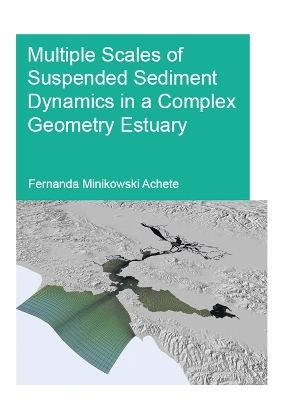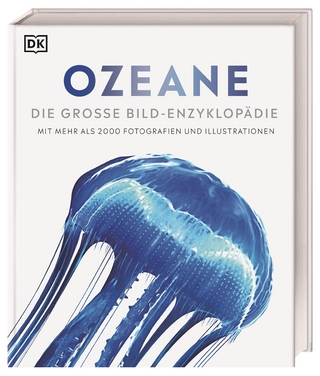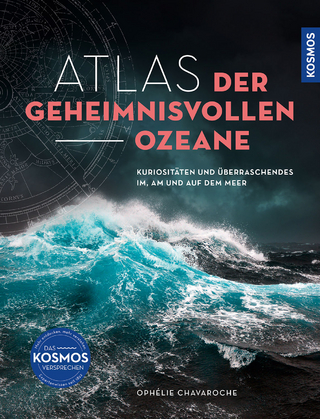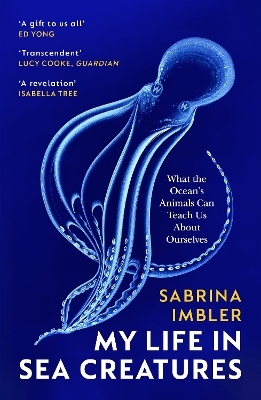
Multiple Scales of Suspended Sediment Dynamics in a Complex Geometry Estuary
CRC Press (Verlag)
978-1-138-02976-7 (ISBN)
This study contributes to investigate and forecast turbidity levels and sediment budget variability at San Francisco Bay-Delta system at a variety of spatial and temporal scales applying a flexible mesh process-based model (Delft3D FM). It is possible to have a robust sediment model, which reproduces 90% of the yearly data derived sediment budget, with simple model settings, like applying one mud fraction and a simple bottom sediment distribution. This finding opens the horizon for modeling less monitored estuaries.
Comparing two case studies, i.e. the Sacramento-San Joaquin Delta and Alviso Slough, a classification for estuaries regarding the main sediment dynamic forcing is proposed: event-driven estuary (Delta) and tide-driven estuary (Alviso Slough). In the event-driven estuaries, the rivers are the main sediment source and the tides have minor impact in the net sediment transport. In the tide-driven estuaries, the main sediment source is the bottom sediment and the tide asymmetry defines the net sediment transport.
This research also makes advances in connecting different scientific fields and developing a managerial tool to support decision making. It provides the basis to a chain of models, which goes from the hydrodynamics, to suspended sediment, to phytoplankton, to fish, clams and marshes.
Fernanda Minikowski Achete was born in Rio de Janeiro, Brazil, on 6 September 1986. She obtained her B.Sc. in Oceanography in 2008 at the Faculty of Oceanography, State University in Rio de Janeiro, Brazil. In 2011, she obtained her MSc in Coastal Engineering and Maritime Management (CoMEM) from an Erasmus Mundus partnership between the Technical University Delft in The Netherlands, the Norwegian University of Science and Technology in Norway and the Polytechnic University of Catalonia in Spain. The thesis, "Ameland Bornrif: a case study for the sand engine", covered beach morphodynamics, and investigated the evolution of the mega nourishment, named the San Engine. The research was funded by Deltares, as part of the Building with Nature project. In October 2011, Fernanda Achete continued her PhD research at the Department of Water Science and Engineering at UNESCO-IHE, TU Delft in The Netherlands. Her research was part the project Computational Assessments of Scenarios of Change for Delta Ecosystem (CASCaDE II), a United State Geological Survey (USGS) multidisciplinary project funded by Calfed and partially funded by the Brazilian Government via Capes agency.
General introduction. A 2D Process-Based Model for Suspended Sediment Dynamics: a first Step towards Ecological Modeling. Suspended Sediment Dynamics in a tidal channel network under Peak River Flow. Impact of a sudden tidal prism increase in estuarine sediment flux: implications to remobilization of Hg-contaminated sediment. How important are climate change and foreseen engineering measures on the sediment dynamics in the San Francisco Bay-Delta system? Conclusions.
| Erscheinungsdatum | 25.05.2016 |
|---|---|
| Reihe/Serie | IHE Delft PhD Thesis Series |
| Verlagsort | London |
| Sprache | englisch |
| Maße | 170 x 240 mm |
| Gewicht | 362 g |
| Themenwelt | Naturwissenschaften ► Geowissenschaften ► Hydrologie / Ozeanografie |
| Technik ► Bauwesen | |
| Technik ► Umwelttechnik / Biotechnologie | |
| ISBN-10 | 1-138-02976-9 / 1138029769 |
| ISBN-13 | 978-1-138-02976-7 / 9781138029767 |
| Zustand | Neuware |
| Haben Sie eine Frage zum Produkt? |
aus dem Bereich


